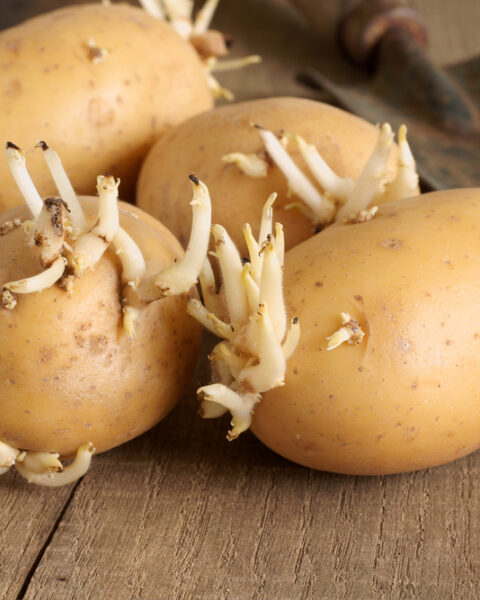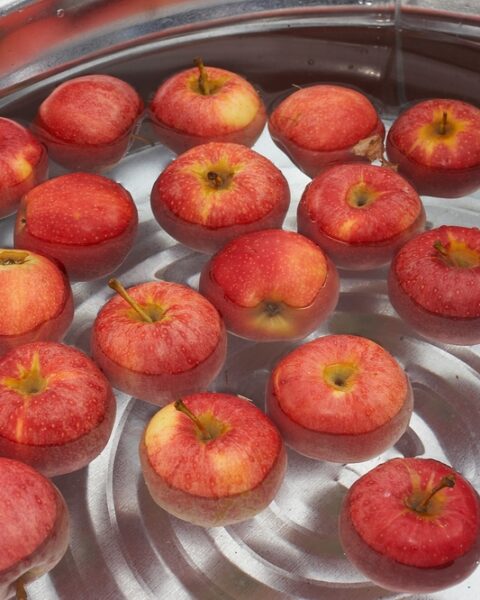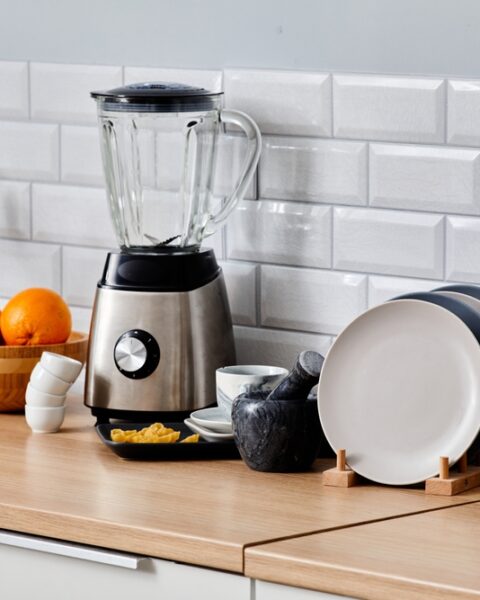Eating organic can sometimes feel out of reach with high prices at the grocery store, but you don’t have to break the bank to enjoy healthy, pesticide-free foods. With some smart planning and a few savvy shopping tricks, you can bring more organic options into your diet while staying on budget. These are the practical tips for stretching your dollar without compromising on the benefits of organic food. Embrace these strategies to enjoy wholesome, organic meals without the hefty price tag.
Contents
- 1 Shop Seasonal Organic Produce
- 2 Buy in Bulk Where Possible
- 3 Prioritize the “Dirty Dozen”
- 4 Look for Store Brands and Organic Sales
- 5 Use Coupons and Cashback Apps
- 6 Grow Your Own Organic Herbs and Vegetables
- 7 Freeze Seasonal Organic Produce
- 8 Shop at Farmers’ Markets Near Closing Time
- 9 Compare Prices Between Organic and Non-Organic
- 10 Choose Whole Organic Foods Over Packaged
- 11 Plan Meals Around Organic Sales and Discounts
- 12 Make Your Own Organic Snacks
- 13 Avoid Organic “Impulse Buys”
- 14 More From RetailShout
- 15 The 24 Hottest Pre-Black Friday Deals at Costco This November
- 16 15 Cozy Fall Wardrobe Staples from Walmart, Starting at Just $11
Shop Seasonal Organic Produce
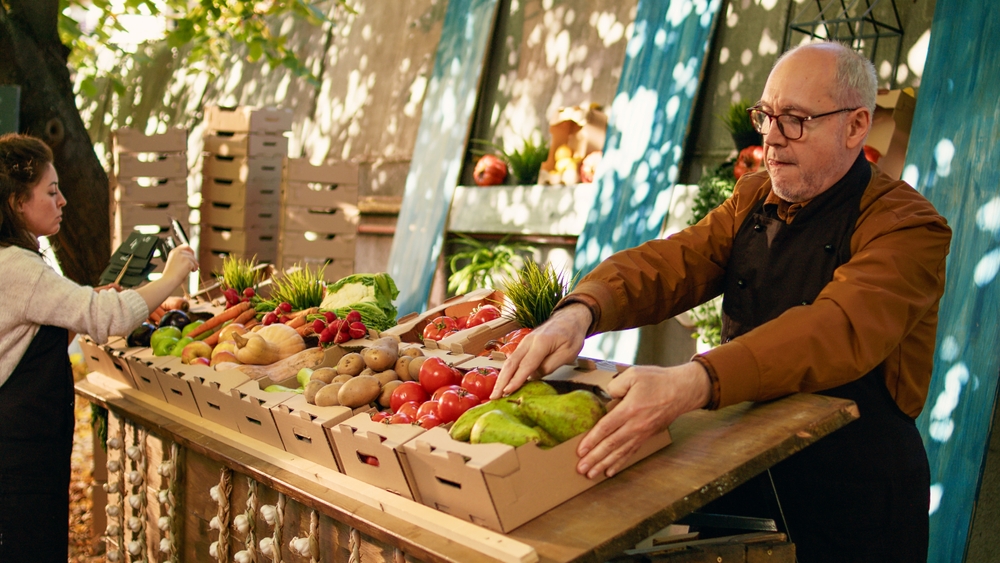
Seasonal produce is often more affordable than out-of-season options because it doesn’t need to be imported or grown in specialized environments. Organic fruits and vegetables grown in season are fresher and often tastier. Check local farmers’ markets or grocery stores for seasonal deals on organic produce. This way, you can enjoy the full nutritional benefits while keeping costs down. Stock up on your favorites and consider freezing any extras for future use.
Buy in Bulk Where Possible
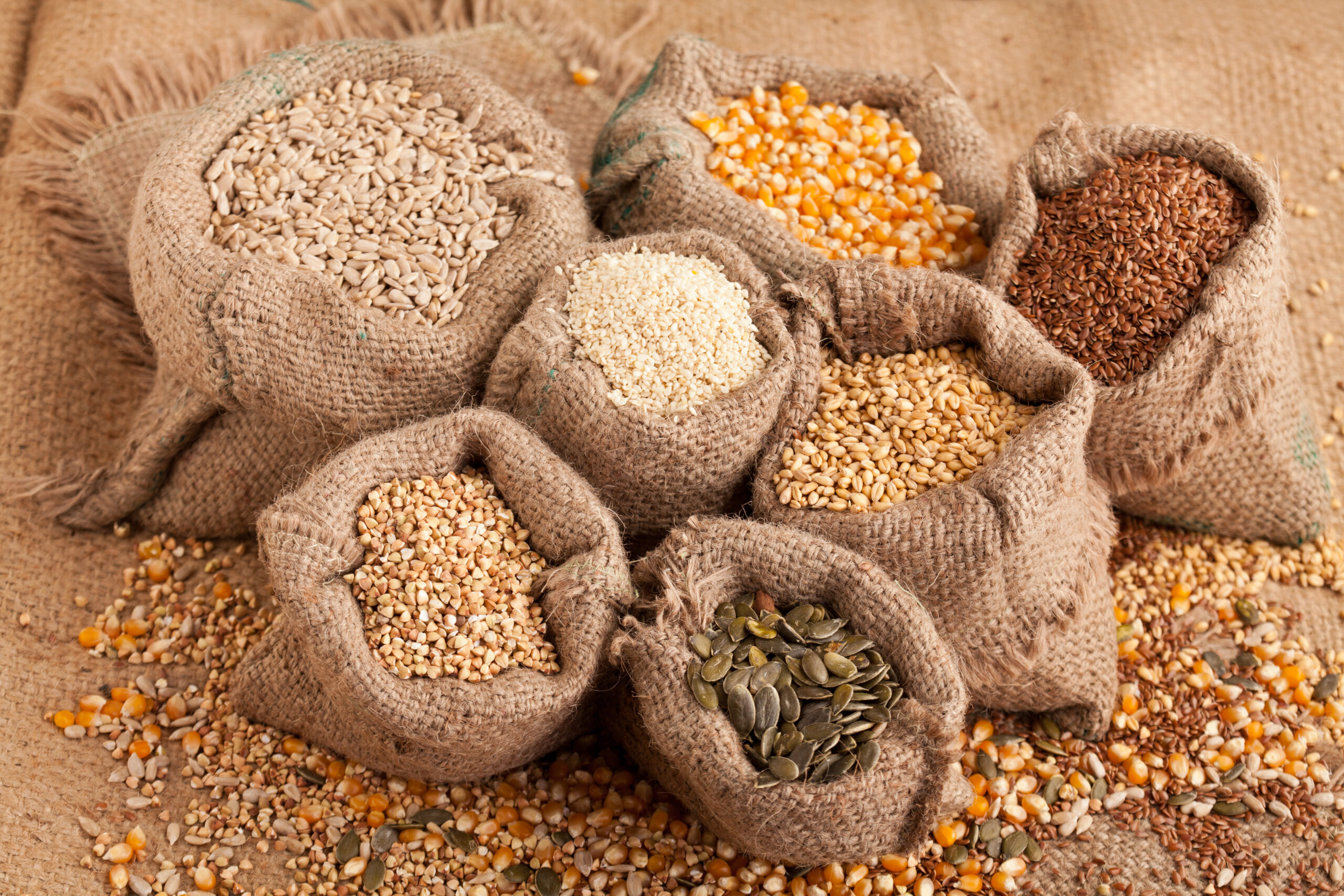
Bulk buying is an excellent way to save on organic items like grains, beans, nuts, and seeds. Many stores offer organic items in bulk, which often costs less per pound compared to packaged versions. Buying bulk items reduces packaging costs and allows you to buy only as much as you need. Consider reusable storage containers at home to keep your pantry organized and foods fresh. This approach minimizes waste while stretching your budget further.
Prioritize the “Dirty Dozen”

The Environmental Working Group (EWG) releases an annual “Dirty Dozen” list highlighting produce with the highest pesticide residue. If you’re on a budget, prioritize buying these items organic, as they’re most impacted by conventional pesticides. By focusing on organic for the Dirty Dozen, you can reduce your pesticide exposure without needing to buy all organic produce. For other items, like those on the “Clean Fifteen” list, conventional options may be safe. This strategic approach helps you allocate your budget efficiently.
Look for Store Brands and Organic Sales
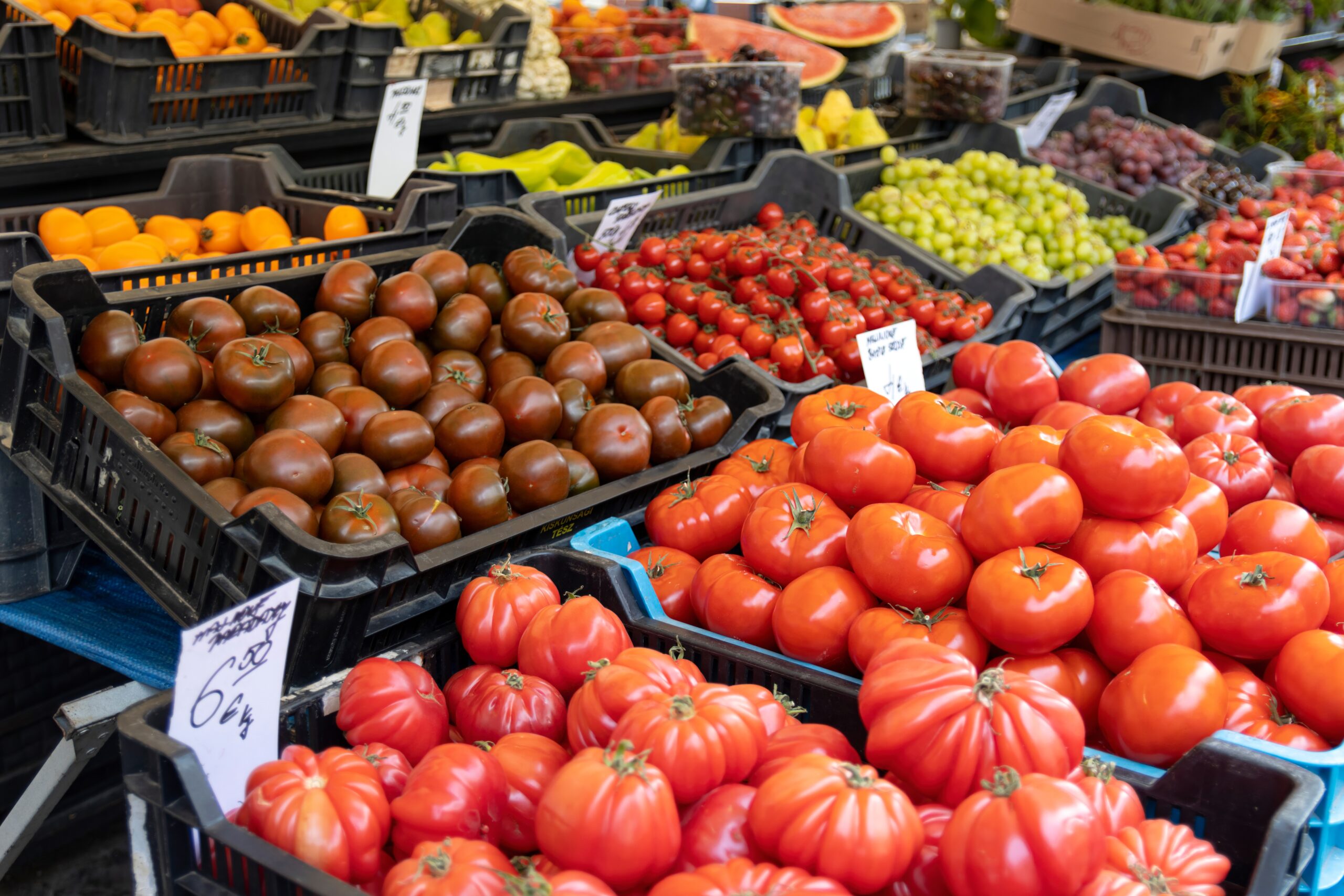
Many supermarkets have introduced their own organic brands at more affordable prices than major organic labels. These store brands often carry similar quality and certification but come at a lower price point. Watch for sales on these organic items and stock up on essentials when prices are discounted. Some stores even have loyalty programs or apps that offer additional discounts on organic products. By staying informed, you can maximize savings on organic foods.
Use Coupons and Cashback Apps
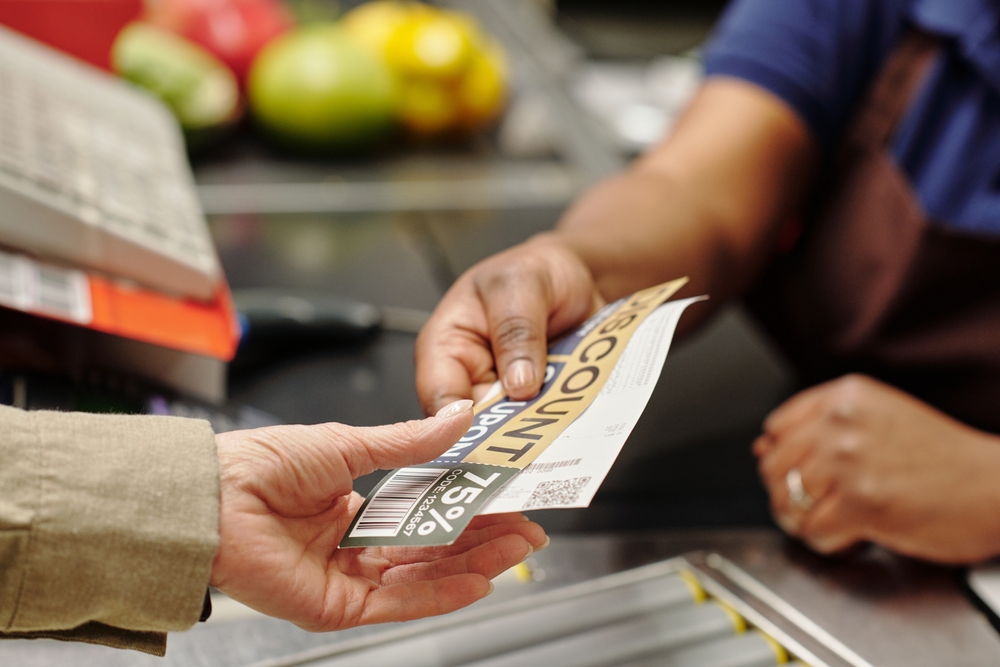
While organic coupons can be rare, some brands and apps offer discounts on organic products. Check for coupons on the brand’s website or in-store, and use cashback apps like Ibotta or Rakuten for additional savings. Some organic brands even offer discounts directly on their websites if you sign up for their newsletters. Combining coupons with sales can help you save significantly on organic items. With these tools, you can find deals on items you buy regularly.
Grow Your Own Organic Herbs and Vegetables

Starting a small garden can be an excellent way to save on organic herbs and vegetables. Items like basil, mint, tomatoes, and leafy greens are easy to grow at home, even if you only have a small patio or window box. Homegrown produce is not only fresher but also cost-effective compared to store-bought organic. Consider composting to enrich your soil naturally without needing store-bought fertilizers. This approach also allows you to harvest as needed, reducing waste.
Freeze Seasonal Organic Produce

When organic produce is in season and on sale, consider buying in bulk and freezing it for future use. Fruits like berries, peaches, and vegetables like broccoli and spinach freeze well and can be used in smoothies, soups, and stews later. Freezing preserves their nutrients and flavor, making it a great way to enjoy organic produce year-round. Label your frozen items with dates to keep track of freshness. This strategy helps you avoid the high costs of off-season organic produce.
Shop at Farmers’ Markets Near Closing Time
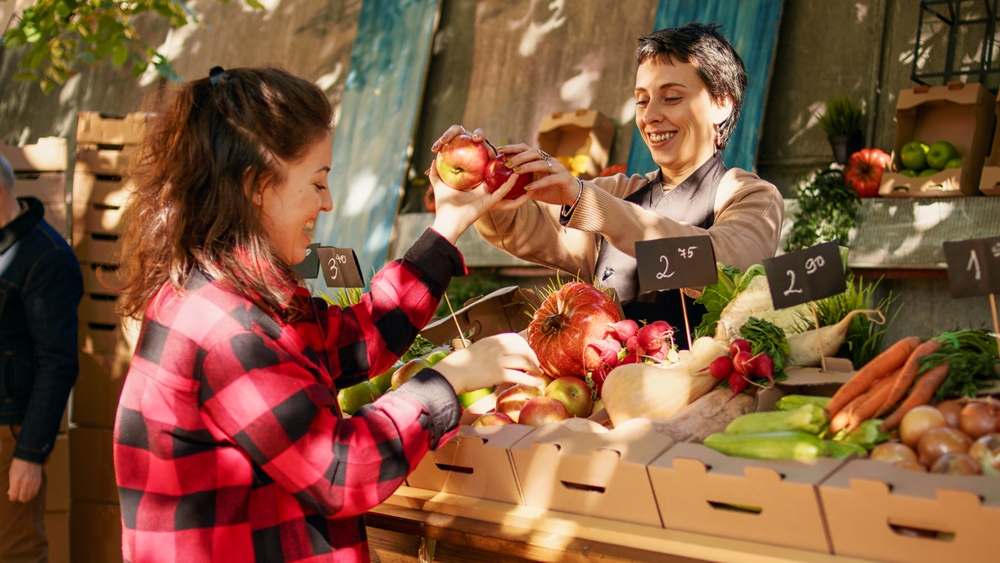
Farmers’ markets are known for fresh, often organic produce, and prices sometimes drop towards closing time. Vendors may offer discounts to avoid transporting leftovers back, allowing you to score organic produce at lower prices. Buying directly from farmers can also provide assurance about the farming practices used. Establishing a relationship with local vendors might even lead to better deals over time. This strategy combines freshness, quality, and affordability.
Compare Prices Between Organic and Non-Organic

While many assume organic is always more expensive, this isn’t always true for every item. For instance, certain organic foods, like carrots or in-season fruits, can sometimes be similarly priced to conventional options. When shopping, compare prices for each item rather than assuming one is costlier than the other. In some cases, you may find that organic choices are only slightly more expensive. This mindful shopping can make organic choices more accessible within your budget.
Choose Whole Organic Foods Over Packaged
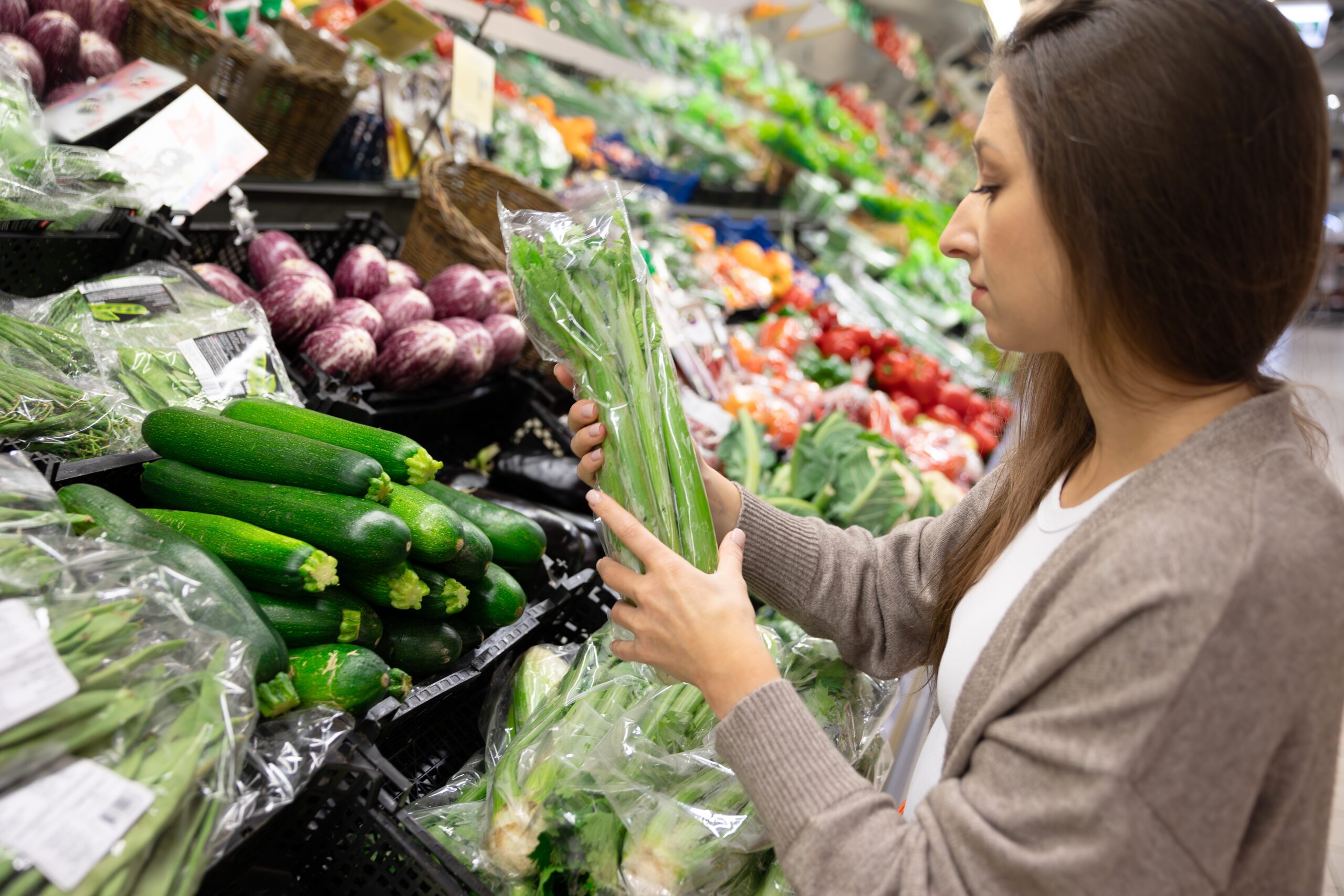
Organic packaged foods often cost significantly more than whole foods due to the processing and packaging involved. Buying whole organic fruits, vegetables, grains, and proteins instead of processed organic snacks can save you money. Whole foods are typically more nutritious and versatile, allowing you to prepare a variety of meals at home. Opting for whole foods also reduces your intake of added sugars and preservatives found in many packaged items. This approach aligns with both health and budget goals.
Plan Meals Around Organic Sales and Discounts

Check store flyers or apps for weekly deals on organic foods and plan your meals accordingly. Planning meals around sales helps you avoid overpaying for organic ingredients and makes grocery shopping more efficient. For example, if organic broccoli or tomatoes are on sale, consider incorporating them into your meals for the week. This strategy can also help you try new recipes based on what’s discounted. By staying flexible, you can enjoy organic without overspending.
Make Your Own Organic Snacks

Pre-packaged organic snacks tend to be costly, but making them at home can save you a substantial amount. Simple homemade snacks like granola, trail mix, or fruit bars can be made with organic ingredients at a fraction of the cost. Homemade snacks allow you to control the ingredients, ensuring they’re fresh and nutritious. You can also adjust portion sizes to meet your needs, reducing waste. This approach is healthier and friendlier to your wallet.
Avoid Organic “Impulse Buys”
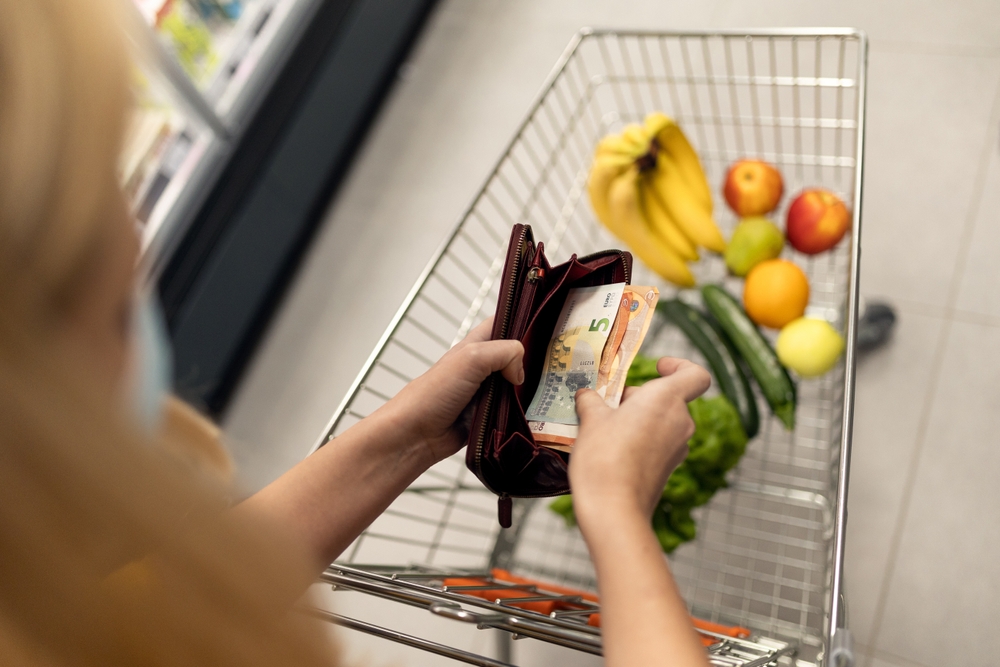
While shopping, stick to a list and avoid adding organic items impulsively, as these unplanned purchases can add up quickly. Impulse buys often occur when items look appealing but don’t fit into your meal plan, leading to overspending. Before purchasing, consider if you truly need the item and if it aligns with your budget and meal plans. Staying focused on your list can help you avoid costly extras and stick to your budget. This disciplined approach ensures your grocery bill remains manageable.
This article originally appeared on RetailShout.
More From RetailShout
15 Best-Value Aldi Products You Shouldn’t Miss
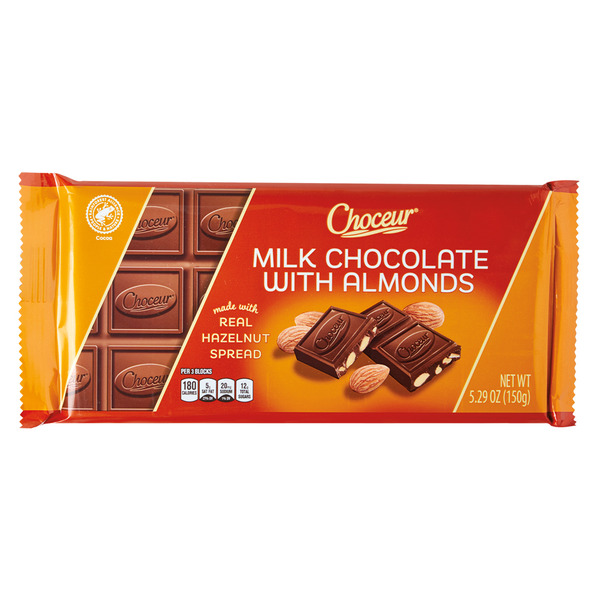
Aldi is known for offering high-quality products at affordable prices, making it a go-to spot for budget-conscious shoppers. From fresh groceries to household essentials, you’ll find an impressive range of items that won’t break the bank. Read More.
The 24 Hottest Pre-Black Friday Deals at Costco This November

November is here, and with it comes the excitement of shopping for the best deals before Black Friday! Costco is known for its incredible savings, and this month, they’re rolling out some fantastic offers that you won’t want to miss. Read More.
15 Cozy Fall Wardrobe Staples from Walmart, Starting at Just $11

Autumn has a way of bringing out the need for a wardrobe refresh, and Walmart is packed with affordable options that are both stylish and comfortable. You don’t have to splurge to look great this season; Walmart’s fall essentials, starting at just $11, are proof that you can stay on-trend without the hefty price tag. Read More.


